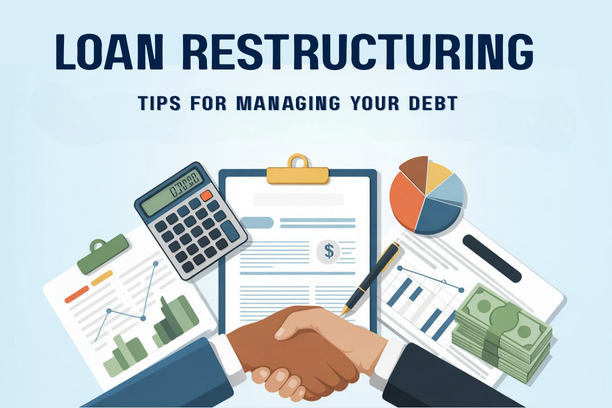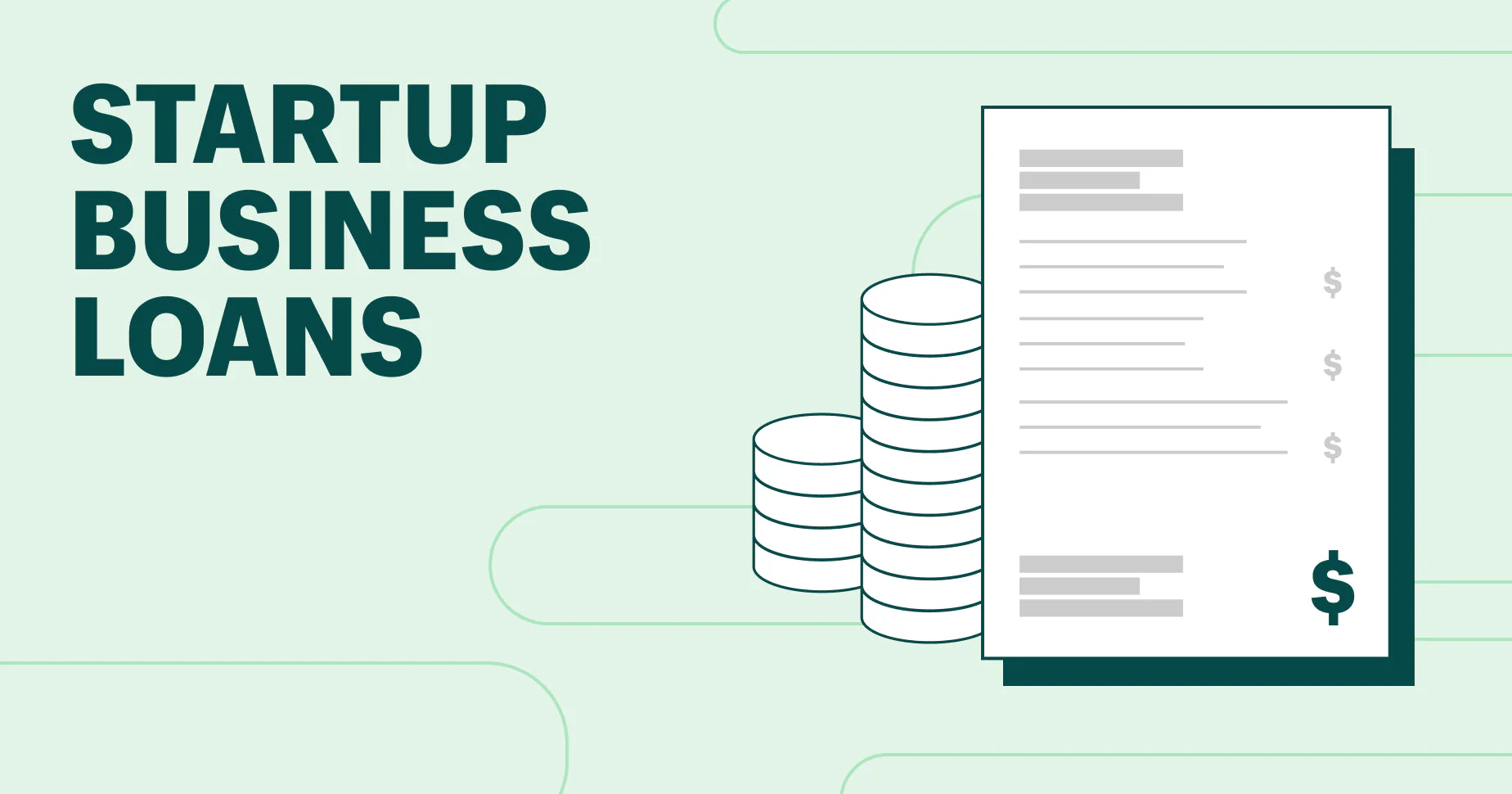In the Philippines, the lending market is a vast and dynamic space, offering a wide array of options for those seeking a personal loan. However, navigating this landscape can be challenging, especially with the proliferation of both legitimate and predatory lenders. Making the right choice is crucial for your financial well-being. This article provides a definitive list and evaluation of trusted lending institutions in the Philippines, covering both long-standing banks and reputable online lending platforms. We will delve into what makes these institutions trustworthy and help you identify the best option for your specific financial needs, ensuring you borrow safely and responsibly in 2025.
The Importance of Choosing a Trusted Lender
Before we get to the list, it’s essential to understand the criteria that define a trusted lender. A reputable institution offers more than just a loan; it provides security, transparency, and fair lending practices that are vital for protecting the consumer.
Why Trust and Regulation Matter
The foundation of a trustworthy lending institution is its adherence to government regulations. In the Philippines, the main regulatory bodies are the Bangko Sentral ng Pilipinas (BSP) for banks and financial institutions, and the Securities and Exchange Commission (SEC) for lending and financing companies. A legitimate lender will be duly registered with one of these agencies and will operate under strict guidelines designed to protect borrowers from unfair practices. This regulation ensures transparency in a lender’s interest rates, fees, and collection methods, preventing the use of hidden charges and predatory tactics.
Choosing a trusted lender also means your personal and financial data is secure. Reputable institutions invest heavily in data protection and encryption to ensure that your sensitive information is not compromised. Illegal lenders, on the other hand, often misuse personal data, leading to privacy breaches and harassment. Furthermore, a trusted lender will treat its customers with respect, even in the event of a missed payment. Their collection practices are fair and legally compliant, which is a stark contrast to the abusive and threatening tactics used by predatory lenders. Therefore, when looking for a loan, prioritizing the legitimacy and reputation of the lender should be your number one concern.
How to Spot a Legitimate vs. Predatory Lender
Navigating the lending market requires a keen eye for detail. The promise of “instant cash” or “no documents required” is often a trap. Here are some key red flags to help you differentiate between a trusted and a predatory lender.
- SEC Registration: The most important indicator of a legitimate lender is its SEC registration. You can and should verify a company’s registration on the SEC website.
- Physical Address: Legitimate institutions, whether banks or online lenders, will have a registered physical address. Predatory lenders often operate anonymously with no verifiable address.
- Transparent Fees and Interest Rates: A trusted lender will be upfront about all fees, including processing fees, late payment penalties, and the total effective interest rate. Predatory lenders often hide these costs, only revealing them when the borrower is already in a debt trap.
- Collection Practices: A reputable lender will never threaten you, your family, or your friends. They will not resort to public shaming or harassment. Illegal lenders are notorious for these unethical collection methods.
By being vigilant and checking for these key indicators, you can avoid the financial and emotional distress that comes from dealing with an unregulated lender. Always remember that a legitimate loan, no matter how small, will always require some form of documentation.
Evaluating Trusted Lending Institutions in the Philippines
Now that we have established the criteria for a trusted lender, let’s look at some of the most reputable institutions in the Philippines, divided into two main categories: traditional banks and modern online lending apps.
Top Traditional Banks for Personal Loans
Traditional banks are a solid and reliable choice for personal loans. They offer some of the most competitive interest rates and flexible terms for qualified borrowers.
- BPI (Bank of the Philippine Islands): BPI is one of the oldest and most respected banks in the country. Their personal loan product is known for its competitive interest rates, flexible repayment terms, and a streamlined application process for existing customers. They are an excellent option for those with a good credit history and a stable income who prioritize security and favorable terms.
- BDO (Banco de Oro): As the largest bank in the Philippines, BDO offers a range of personal loans that are accessible to a wide audience. They are known for their flexible requirements and robust branch network, making it easy for customers to apply and manage their loans. BDO also offers specialized products, like salary loans, which provide quick funds to employees of their partner companies.
- Metrobank: Metrobank offers a personal loan with competitive rates and a straightforward application process. They are known for their strong customer service and transparency. Metrobank is a great choice for those who want to deal with a well-established and trusted institution, and they often have promotional offers with lower rates or waived fees.
- UnionBank: UnionBank has established itself as a digital-first bank, offering a personal loan product that is highly accessible through its mobile app. They are a good option for those who prefer a modern, paperless application process and fast approval times.
Reputable Online Lending Apps
For those who need faster access to funds and a more convenient application process, these SEC-registered online apps are some of the most trusted lending institutions in the Philippines.
- Tala: Tala is a global lending app with a strong presence in the Philippines. It is known for its fast approval and disbursement times, often within minutes. Tala offers small, short-term loans and makes its credit decisions based on a user’s smartphone data, making it highly accessible to those who do not have a traditional credit history.
- Maya Personal Loan: As a digital bank, Maya offers a fast and convenient personal loan product that is fully integrated into its mobile wallet. The loan approval is often tied to a user’s Maya app usage and credit score. This is an excellent option for those who are already active users of the Maya ecosystem and need immediate funds.
- BillEase: BillEase is a versatile online lending platform that offers both personal loans and “buy now, pay later” services. It is known for its transparent fees and flexible repayment terms, which can be as long as 12 months. BillEase is a great option for those who need a loan for both online purchases and general financial needs.
- Cashalo: Cashalo offers a variety of loan products, including cash loans and a buy-now-pay-later service. The app is known for its user-friendly interface and a simple application process that often requires minimal documentation. Cashalo is a popular choice for those who need a small, short-term loan.
A Comparative Look at Loan Products
Understanding the differences between a bank loan and an online app loan is crucial for making the right choice. Each has its own set of advantages and disadvantages.

Interest Rates and Fees: Banks vs. Online Apps
The interest rate is often the biggest difference between a bank and an online lending app. Traditional banks, with their rigorous application process and extensive credit checks, can afford to offer much lower interest rates, typically with a monthly add-on rate of 1.2% to 1.5%. Their loans are designed for larger amounts and longer repayment terms, making them more suitable for significant expenses.
Online lending apps, on the other hand, offer convenience and speed, but at a higher cost. Their monthly add-on rates can range from 1.5% to 5% or more. This higher rate is to compensate for the greater risk of lending to a wider, often unbanked, audience. While the interest rate may be higher, for a small, short-term emergency, the convenience and speed of an online app can be worth the cost. It is a trade-off between the price of the loan and the speed of access.
Application Process and Requirements
The application process is another key differentiator. Banks require extensive documentation, including a valid ID, proof of income, and proof of billing. The approval process can take a few days to a week. Online lending apps, in contrast, have a much simpler process. They often only require a valid ID and may use alternative data to assess your creditworthiness, leading to instant approval and same-day disbursement. While the requirements for banks are more stringent, the result is often a more favorable loan with a lower interest rate. The choice depends on your urgency and your ability to provide the required documentation.
Conclusion
Choosing from the list of trusted lending institutions in the Philippines is a critical step toward a secure financial future. By understanding the key differences between traditional banks and reputable online apps, you can make a decision that aligns with your needs and risk tolerance. Always verify a lender’s SEC registration, scrutinize their fees and interest rates, and never borrow from an institution that promises a loan with no documents or uses aggressive collection tactics. By prioritizing trust and transparency, you can use these financial tools to your advantage and borrow with confidence.














